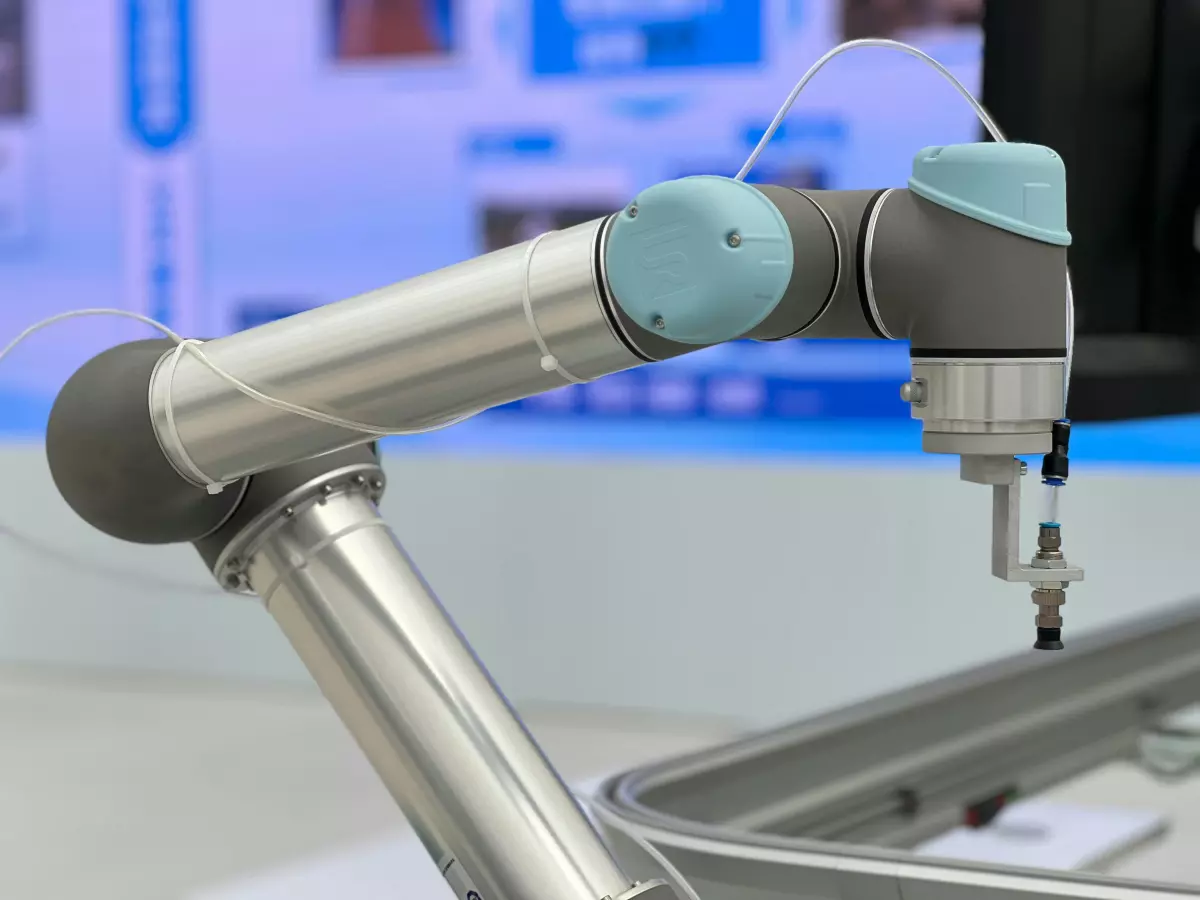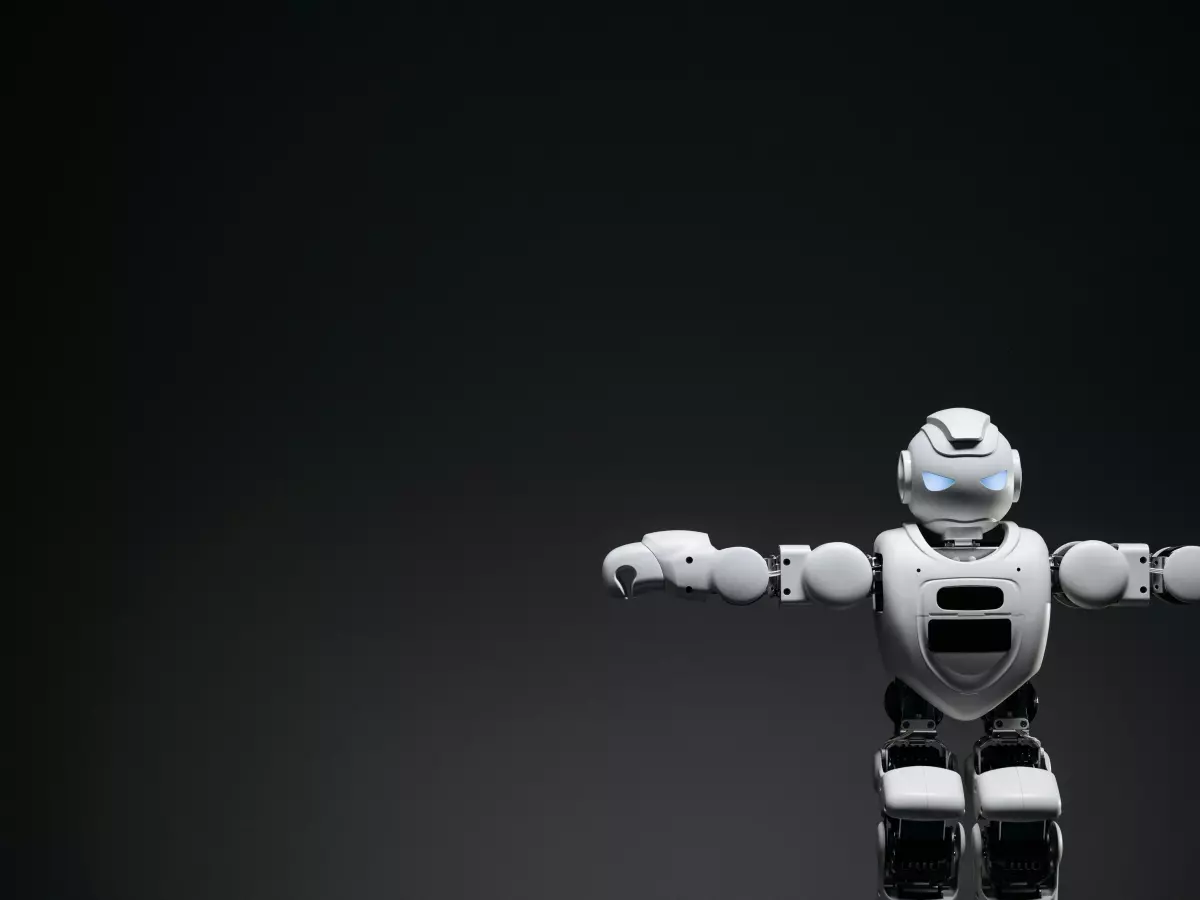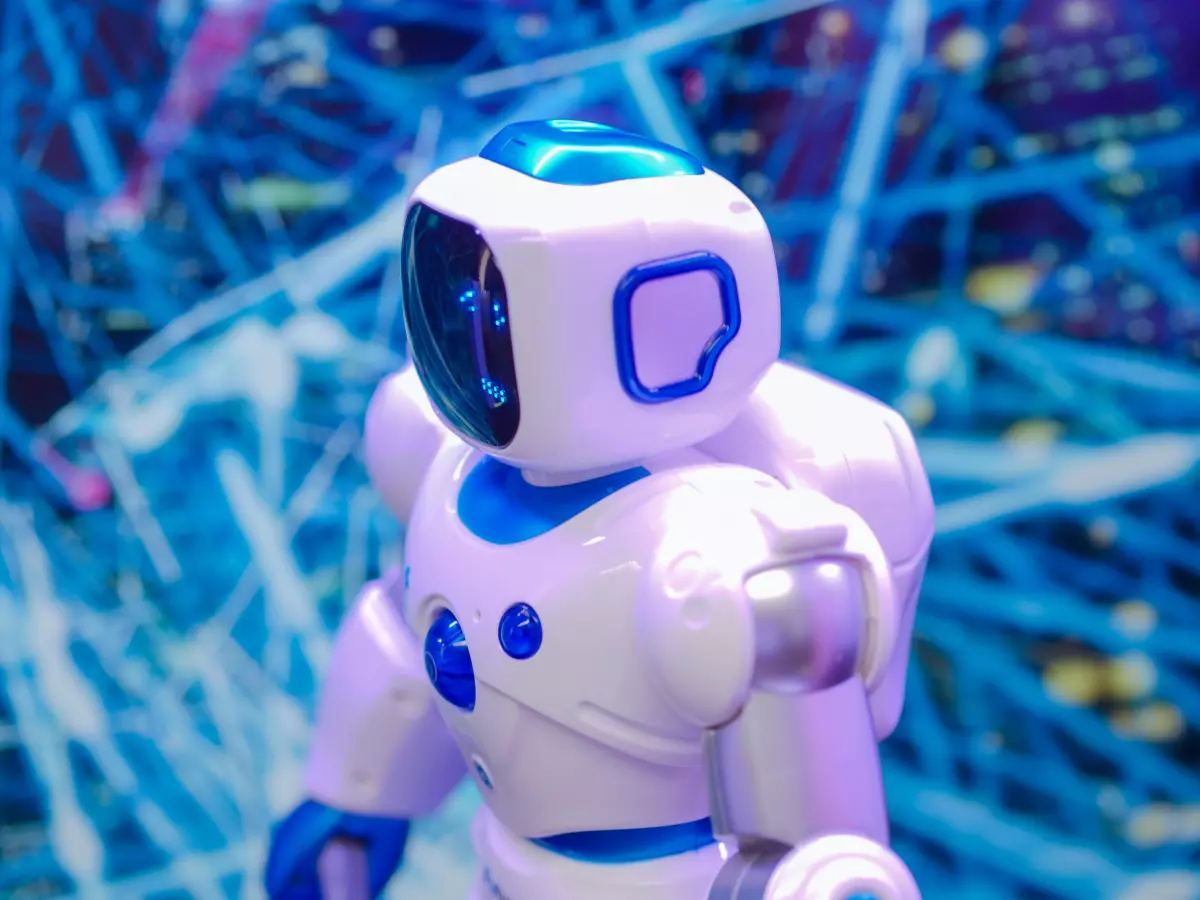Robots on the Move
What do a kettlebell and a crawling robot hand have in common? They’re both pushing the boundaries of what robotics can do, and they might just change how we move forever.

By Sarah Kim
Picture this: You’re hauling a 30-pound kettlebell up a flight of stairs, but instead of your legs screaming for mercy, you feel... nothing. That’s because a robotic exoskeleton is doing the heavy lifting for you. Now, imagine a robot hand that can detach from its arm, crawl across the floor like something out of a sci-fi horror movie, and pick up objects on its own. Both of these innovations sound like they belong in a futuristic dystopia, but they’re very real, and they’re both competing to redefine how we interact with machines.
Let’s start with the exoskeleton. According to TechCrunch, researchers have developed a robotic knee exoskeleton using consumer braces and drone motors. The idea is simple: give people superhuman strength and endurance without turning them into cyborgs. Test subjects were asked to carry a 30-pound kettlebell up and down stairs, and the exoskeleton made it feel like a walk in the park. The implications are huge—imagine construction workers, soldiers, or even delivery drivers using this tech to reduce fatigue and injury.
But here’s the twist: while exoskeletons are all about enhancing human movement, the detachable robot hand is about giving robots more autonomy. This hand can literally crawl away from its body, pick up objects, and return to its arm like a loyal pet. It’s the ultimate multitasker. Need to grab something across the room? No problem, just send the hand. This tech, showcased at IEEE’s International Conference on Robotics and Automation, could revolutionize industries like manufacturing, healthcare, and even space exploration.
Exoskeletons: The Power of Human Augmentation
Exoskeletons are like Iron Man suits without the billionaire playboy behind the mask. They’re designed to make humans stronger, faster, and more durable. The beauty of this tech is that it works with your body, not against it. The robotic knee exoskeleton, for example, uses drone motors to assist your natural movements, making heavy lifting feel like a breeze. It’s not about replacing humans; it’s about making us better versions of ourselves.
But there’s a catch. Exoskeletons are still in their early stages, and while they’re great for specific tasks like carrying heavy objects or walking long distances, they’re not exactly subtle. You’re not going to wear one to the grocery store or while walking your dog—at least not yet. Plus, the cost and complexity of these systems mean they’re currently limited to industries where the benefits outweigh the price tag.
Detachable Hands: The Rise of Autonomous Robots
On the flip side, we have the detachable robot hand. This tech is straight out of a sci-fi movie, but it’s also incredibly practical. Imagine a robot that can perform multiple tasks at once—its hand can detach, crawl over to an object, pick it up, and bring it back. This could be a game-changer in industries where precision and multitasking are key. Think about a factory where robots assemble products. Instead of one robot doing everything, you could have multiple hands working simultaneously, speeding up production and reducing errors.
But here’s the irony: while the hand is autonomous, it’s also limited by its design. It can only perform tasks within a certain range, and it still relies on its main body for power and control. So, while it’s a cool concept, it’s not exactly ready to replace human workers just yet. Plus, there’s the whole “creepy crawling hand” factor, which might take some getting used to.
Who Wins the Robotic Showdown?
So, which tech will dominate the future? Exoskeletons or detachable robot hands? It’s tempting to say both, but the reality is that they serve very different purposes. Exoskeletons are all about enhancing human capabilities, while detachable hands are focused on giving robots more autonomy. In a way, they’re two sides of the same coin: one is about making humans more like robots, and the other is about making robots more like humans.
Ultimately, the winner will depend on which technology can solve the most pressing problems. Exoskeletons could revolutionize industries where physical labor is a major challenge, while detachable hands could transform manufacturing and healthcare by allowing robots to perform more complex tasks. But one thing’s for sure: both technologies are pushing the boundaries of what’s possible, and they’re giving us a glimpse into a future where the line between human and machine is blurrier than ever.
So, next time you’re struggling to carry groceries up the stairs or wishing you had an extra hand to help with chores, just remember: the robots are coming, and they’re bringing some seriously cool gadgets with them.





